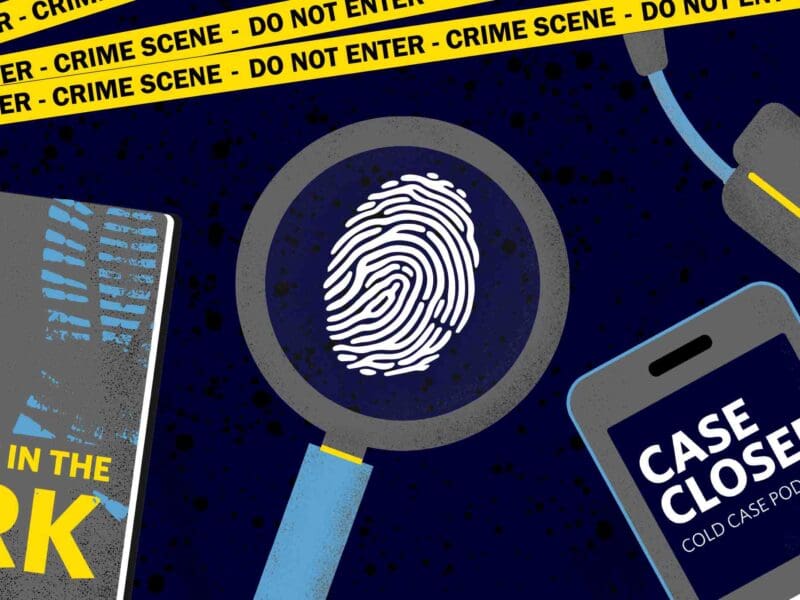
All about the ghastly story of the Cleveland Torso Murderer
What’s more terrifying than a serial killer? One that was never, ever caught. In the history of serial killers in the US, it’s amazing that the Cleveland Torso Murderer is not often talked about. From 1935-38, this unknown killer terrorized the city of Cleveland, targeting those in vulnerable circumstances, and left between 12-20 people dead. Even outsmarted famed lawman Eliot Ness, leaving a black mark on his distinguished record.
If you love an unsolved mystery, then get ready to dig into one that still haunts the city of Cleveland decades later. This is the story of the Cleveland Torso Murderer, who was also known as the Mad Butcher of Kingsbury Run.

Modus operandi
The Murderer was very deliberate in picking his victims. They were either working poor, drifters, or homeless. The Murderer did not show gender preference toward his victims. He killed both men and women. The bodies always ended up the same way: beheaded, dismembered, and disposed of. A lot of the male victims were castrated as well.
In addition, some of the victims showed signs of a chemical treatment being applied to the bodies. This was still a time when forensic science was in a relative infancy, so not a lot could be gleaned from that. Even worse, the Murderer disposed of the bodies well. Many of his victims weren’t found until some time after their deaths had passed.
Like Jack the Ripper, the Cleveland Torso Murderer had canonical victims and non-canonical but likely victims. There are 12 canonical murders associated with the Murderer, most of them have never been identified. In addition to the canonical murders, police believe that the killer likely had 20 victims in total.

Enter Eliot Ness
If you know true crime, then chances are you’ve heard of Eliot Ness even in passing. He led a law enforcement group that would become known as The Untouchables because they couldn’t be corrupted. From 1930-32, Ness and his team worked for the US Bureau of Prohibition to end Al Capone’s criminal empire. They did this by aggressively enforcing the Prohibition laws at the time.
They certainly made themselves a major thorn in Capone’s side. They turned down some serious bribes and just worked on getting Capone off the streets, which eventually happened in 1931 with his arrest for tax evasion. The unit continued their raids until they were unofficially disbanded in 1932. Ness continued his crusade until Prohibition was repealed in 1933.
By the time the Cleveland Torso Murderer hit, Ness had relocated and was now the Safety Director for the city. People were relieved. Stories about Ness’ savviness had spread far and wide. They thought that the leader of the Untouchables would close the case quickly. Unfortunately, this didn’t happen.

Ness and his team spun in circles trying to find something, anything to connect someone with the case. The Cleveland Torso Murderer clearly knew he had the famous lawman on the ropes. The final two canonical victims were intentionally placed in a dump site that was visible from the window of Eliot Ness in 1938. It was a taunt, directed right at him.
In response, Ness went to Kingsbury Run with 35 officers and raided the place. Kingsbury Run could be a prime victim pool for the Murderer. They gathered 63 men and burned the shanty towns down after the raid. The public wasn’t too impressed by the tactics or the lack of results.

The arrests
There are two arrests in the case of the Cleveland Torso Murderer. One of the suspects arrested is believed to be more likely than the other. Or, at least, Ness believed that this suspect, Dr. Francis Sweeney, was the Murderer. Sweeney was a medical soldier in WWI, where he performed field amputations.
Sweeney was personally interviewed by Ness, given two separate polygraph examinations, and failed both them. Due to Sweeney being the first cousin to Ness’ political rival Congressman Martin L. Sweeney, however, Ness realized that a successful prosecution could not happen. Though he believed that Dr. Francis Sweeney was his killer.
Sweeney eventually committed himself to the hospital. He would harass Ness and his family into the 1950s. He died in 1964.

The second arrest goes to Frank Dolezal, who had a connection to the eighth victim Florence Polillo. Police were desperate for arrest. So they arrest Dolezal, beat a confession out of him (which he retracted), and, then, Dolezal mysteriously died while in custody. He was officially cleared decades later.
The final theory associated with the case is that, like Jack the Ripper, the Cleveland Torso Murderer is actually multiple killers, who heard about the deaths and copied each other in order to make it look like a serial killer.
—
If you’re fascinated by the world of true crime, sign up for our newsletter. We’ll send you all the relevant quizzes, articles, polls, and news you could want to your inbox.








Yvette Hooper
/
There were other suspects that Ness had! Not to say that this other suspect was he, but after the death of this person, the murders stopped!
September 3, 2020